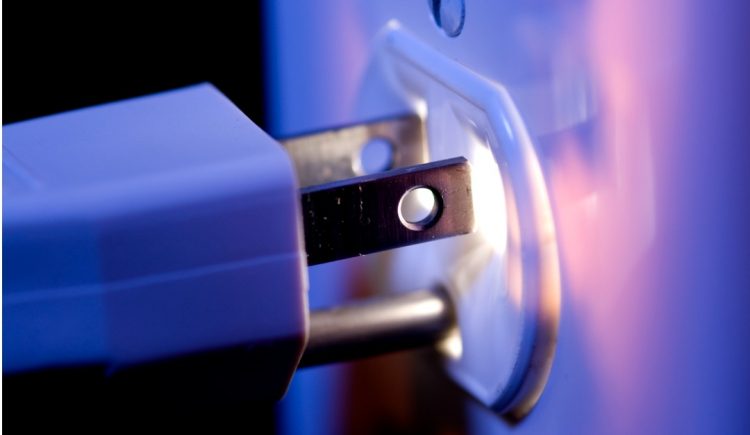A power surge can damage your laptop, TV and other electronic devices. While you can’t necessarily prevent a power surge, there are some simple steps you can take to protect your devices from harm.
What Is a Power Surge?
A power surge occurs when the voltage coming through an outlet briefly jumps and rises above a level that electronic devices are designed to handle. A minor power surge may cause little or no noticeable damage, but it can reduce a device’s lifespan. A large power surge can cause immediate and significant damage to electronic devices.
What Causes a Power Surge?
Power surges are most often caused by a source within the house. When you turn an electronic device on or off, it may interrupt the flow of electricity to other devices. This type of small power surge can cause gradual damage to devices.
A power surge can be caused by excessive electrical load. That can happen if you plug too many devices into a single extension cord, or if you plug an appliance into an outlet that can’t handle the amount of electricity the appliance needs.
Outdated electrical wiring is often to blame for power surges. Older homes with aluminum connections that come loose may experience frequent power surges. If fuses blow or your circuit breaker trips frequently, or if lights flicker or dim when large appliances are turned on, those are indications that your home has an electrical problem. A power surge can also happen in a newer house if electrical wiring is damaged or was installed incorrectly.
Lightning can cause a significant amount of energy to enter your house. A large power surge caused by lightning can destroy electronic devices.
Damage to utility lines can lead to power surges. When a damaged electrical grid is repaired, the electrical current can spike and cause a power surge when electricity is restored.
How Can You Protect Your Devices From Damage?
You can’t prevent all power surges, but you can protect your electronic devices from their effects. Plugging your devices into surge protectors is a simple and effective solution. Note that power strips don’t always have surge protection features. Pay attention when shopping.
If you don’t have space for a power strip, you can use an outlet adapter surge protector. It plugs directly into an outlet to save space and can protect devices from a power surge. Backup battery surge protectors can provide power to your devices if there is an electrical outage. Another option is to use a point-of-entry surge protector near your house’s main electrical panel to protect all the outlets in your house.
If your home has outdated electrical wiring and you experience frequent power surges, contact an electrician to discuss having the wiring updated. It may be a costly project, but it can help protect your expensive devices from power surges that can cause severe damage.










